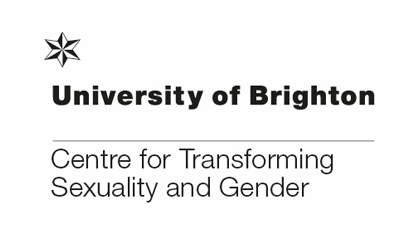How can I offer this in my service?
- Communicate clearly about support timing, frequency, availability, and what will happen while a young person is waiting if a service has a waiting list
- Centre LGBTQ+ young people’s needs in terms of setting pace of support, including recording their activities and any changes over time
Resources
To listen to what is written on this page, click below
Maria* (staff member) said "some people say that if you don’t limit sessions, they’ll be around forever. It’s just not my experience at all. What it does is, that people feel that they have autonomy and space where it’s not limited, where they feel cared for, but it’s not rationed. And then people can begin to share the deepest, private goals and then that’s where change happens and where that sense of self-worth and self-agency comes from. I think they need the time."

*These quotations use pseudonyms and have been anonymised to protect participant’s identity.
Proudly supported by






